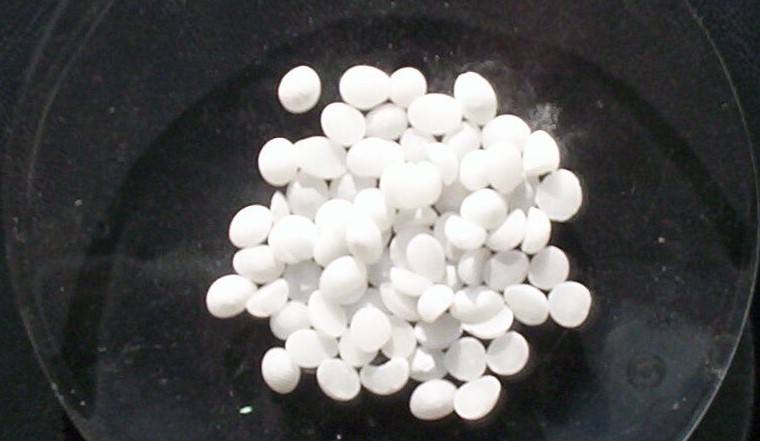At present, we are nearing the conclusion of amalgam based electrolysis technology in the manufacture of chlorine. The primary reason for the ending of this practice is the need to reduce the use of mercury because of its high impact on people and the environment. Although the amount of mercury in the production exhaust is relatively small, the affects of this metal are cumulative in nature, and have proven negative health effects.
Fortunately, following technological advances, an advanced membrane process has been developed that offers a comparable product, but without the added burden of having to manage mercury filled waste flows.
With a replacement process now available, the European Commission, through the European Chemicals Agency (ECHA) has ordered a ban on the use of mercury in industrial production and consumer use. So there will soon be no more mercury thermometers on sale.
That said the old system of mercury or amalgam based electrolysis is still currently widely in use due to the quality of material that it produces for a reasonable manufacturing cost. But with a ban imminent, manufacturers all over Europe are readying themselves for the conversion to membrane technology.
The following table (with data taken from publicly accessible sources) shows individual producers within the EU and their capacity to produce chlorine. It shows the processes used, and therefore it is possible to see which manufacturers need to either convert to membrane technology or terminate production in the near future.
From the above data it can be seen that only a few producers remain that are producing chlorine with a KOH by-product. As conversion projects increase, there will be a decrease in production capacity for KOH.
Already, the conversion is currently underway in Spolchemie (Czech Republic) which will increase capacity before the end of 2016, whilst the firm Chimiques Produits de Loos (FR, Tessenderlo Group) is also preparing for a conversion, which will be completed in the year 2017.
Naturally, the reduction in KOH production will affect many industries that need this useful resource. The table below shows which areas will be hardest hit.
This chart suggests that the main consumer of KOH is for technical products (mostly the production of potassium salts). About 30% of sector is for the manufacture of potassium carbonate, about 20% for potassium phosphates and the remaining 50% consists of other potassium salts such as potassium permanganate, potassium dichromate, potassium chromate, potassium cyanide, potassium nitrate and the like.
The second largest segment consists of fertilizer production where potassium is one of three major nutritional elements used for soil improvement.
The other processing segments also use KOH as source of nutrient, or alternatively for the regulation of the acidity where it acts as a strong base.
At present, there is a discussion about how the imbalance in the KOH market will look during the period from 2015 to 2020. Potassium hydroxide is an important product and a shortfall in production would be a big problem.
With such a challenge on the horizon it is as yet unclear what course the industry will take in response. How do you think the industry will respond to this imbalance?

